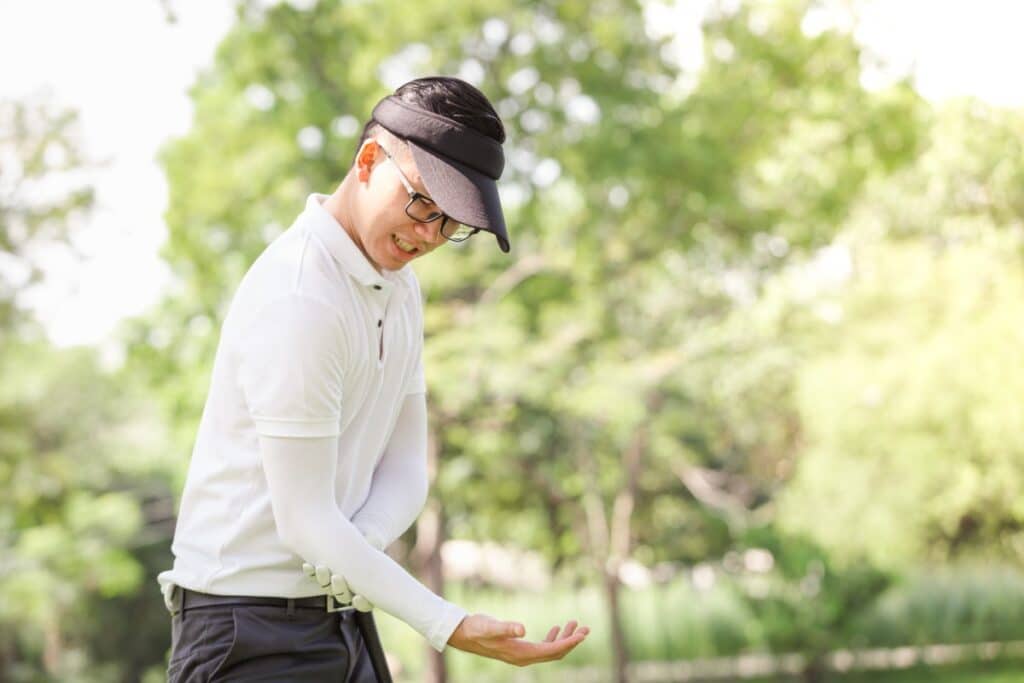
Golfer’s elbow, or medial epicondylitis, is a common injury among golfers and other athletes who utilize repetitive gripping movements in their activities. It is caused by inflammation or small tears in the tendons that attach to the medial epicondyle of the arm (the bony bump on the inside of your elbow). Many people wonder whether golfer’s elbow will go away on its own or if it requires medical attention. In this post, we will explore the key factors that determine whether golfer’s elbow is likely to heal on its own and when to seek treatment.
The severity of golfer’s elbow is the main determining factor in its ability to heal on its own. If the injury is mild, meaning there is only minor inflammation and minimal damage to the tendons, it may be possible for the pain and discomfort to dissipate on its own with time and rest. However, if the injury is more severe or if it continues to worsen over time, medical intervention may be necessary. In some cases, the injury can become chronic and lead to long-term pain and limited mobility if left untreated.
Another important factor to consider is the individual’s activity level. If the person participates in activities that aggravate the injury, such as continuing to play golf or other sports that involve gripping motions, the injury is less likely to heal on its own. Rest and avoiding aggravating activities is crucial for recovery. Additionally, certain exercises and stretches may help to alleviate the pain and promote healing.
It is important to note that the timeline for healing from golfer’s elbow varies from person to person and may depend on several factors, including age, overall health, and the severity of the injury. While some people may recover within a few weeks or months with rest and rehabilitation, others may require several months or longer to fully heal.
When seeking treatment for golfer’s elbow, it is important to consult with a healthcare professional, such as a physiotherapist or chiropractor. They may recommend treatments such as ultrasound, acupuncture, or manual techniques to help alleviate pain and promote healing. In more severe cases, a brace or surgical intervention may be necessary.
In summary, whether golfer’s elbow will go away on its own depends on the severity of the injury and the individual’s level of activity. Mild cases may heal with rest and time, while more severe cases may require medical intervention. Seeking treatment from a healthcare professional is important to ensure proper diagnosis and appropriate treatment for golfer’s elbow. Don’t let your golf game be hindered by this painful condition- seek help today.
If you have any questions or would like to explore further, please book a free, no-charge online appointment with either myself, Sam Heslip, RMT, or another Waterloo registered massage therapist (RMT) at CARESPACE.We are happy to listen and are here to help!

